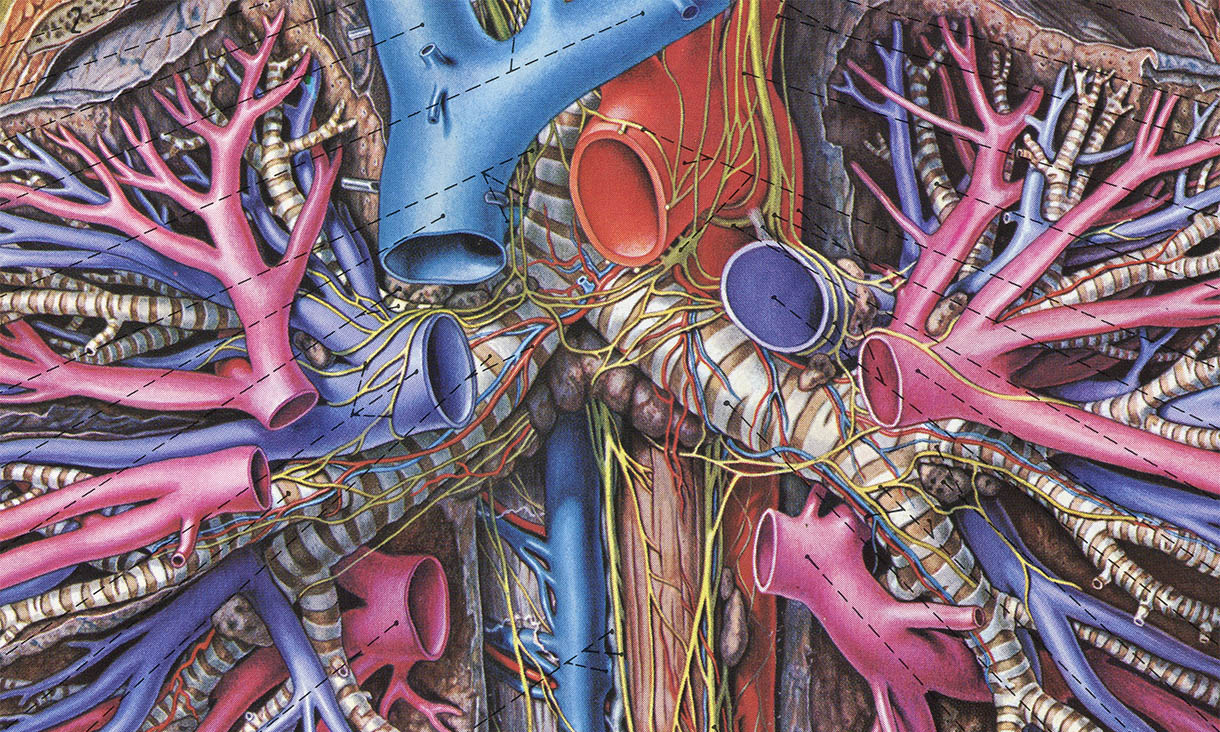Topographische Anatomie des Menschen
Eduard Pernkopf
When Eduard Pernkopf returned to the University of Vienna after the war, it wasn't to the Second Anatomy Institute where he had been director for nearly a decade— that had been destroyed in 1945 by the Allies who mistook it for a factory. Instead it was to two small rooms in the nearby Neurology Institute donated to him by Hans Hoff (a Jewish physician who escaped from Vienna to Baghdad after the Anschluss). By this time Pernkopf had been stripped of all his previous duties, appointments and titles. He had become “The great professor, a distant giant on his Mount Olympus” who was no longer allowed to teach. He was physically spent from several years of hard labor in an American prisoner-of-war camp and emotionally drained after his long fall from the highest echelons of Austrian medical science. Nevertheless, he and his small group of artists spent the next seven years in these cramped quarters working tirelessly to complete what was now the only thing he had left; his life’s work—his anatomical atlas.
After he died suddenly in 1955, Pernkopf left behind the first three volumes of his monumental Topographische Anatomie des Menschen (The Topographical Anatomy of Man). The book was unlike anything attempted before—a watershed in the history in medical illustration. To many it was the most beautiful, detailed and important anatomical work ever published, but its troubled past eventually caught up with it and it became a contentious case study in biomedical ethics. Today the Anatomie is effectively banned; hidden away in library archives and listed as “out of circulation.”
I.
Eduard Pernkopf, the youngest child of the local country doctor, was born in Rappottenstein, Austria on November 24th, 1888. He attended the college-preparatory Horn gymnasium intending to study music, but after his father died in 1903 he decided to switch to medicine, a profession he thought would better support his financially-strapped mother. In 1907 he enrolled in the Vienna Medical School and during his second year, while performing prosections, he attracted the attention of the director of the Second Anatomy Institute, the noted anatomist Ferdinand Hochstetter. Hochstetter became not only his mentor but in many ways the father he had lost as a teenager.

After Pernkopf graduated in 1912 he taught anatomy at several universities. He served as a physician in the Austrian army for a year during the First World War. He married, and after his wife died of tuberculosis at the age of 27, he married her sister, Ruth. In 1920 he finally returned to the University of Vienna as Hochstetter’s assistant.
Hochstetter began grooming Pernkopf to take over the Anatomy Institute and he quickly rose through the academic ranks. He became an associate professor in 1926 and a full professor two years later. Finally, in 1933, he succeeded Hochstetter as director of the Institute. During his inauguration ceremony Pernkopf reportedly dropped to his knees and kissed Hochstetter's hand. “My revered teacher, the greatest master of anatomy,” he later wrote.
While teaching 1st and 2nd-year students under Hochstetter, Pernkopf began preparing an illustrated dissection manual (like Vesalius had done 500 years earlier). The manual, which he constantly expanded, attracted the attention of other instructors, then other physicians in Vienna, and eventually the venerable medical publisher Urban & Schwarzenberg. U&S, perhaps hoping to compete with Johannes Sobotta’s popular Atlas der descriptiven Anatomie des Menschen, contracted Pernkopf in 1933 to author a contemporary, full-color anatomical atlas. With this the Anatomie was born.
Pernkopf was a dedicated teacher to be sure, but he also had a much darker side. During medical school he joined the Akademische Burenschenschraft Allemania (the Student Academic Fraternity of Germany). After Hitler was elected chancellor in 1933, he joined the foreign branch of the Nazi Party (which was then illegal in Austria). A year later he joined the Sturmabteilung (the SA, or Brownshirts). After Germany annexed Austria in 1938—the Anschluss—Pernkopf, as a reward from the powers in Berlin, was elevated to the dean of the medical school. On April 6th, 1938, just days after his appointment, he gave a chilling address to the faculty, referring to Hitler as the “Son of Austria” and imploring them to uphold the ideals of Nazi racial hygiene:
“not only in the positive sense of furthering the propagation of the fit, but also in the negative sense of eliminating the unfit and defective [by] control of marriage, propagation of the genetically fit whose genetic [and] biologic constitution promises healthy descendants; [by] discouragement of breeding by individuals who do not belong together properly, whose races clash; and finally [by] the exclusion of the genetically inferior from future generations by sterilization and other means.”

Pernkopf was the first dean in Austria to rid his school of Jews and other undesirables. In all he removed 153 members—or 78%—of the faculty. While many of the dismissed faculty were able to emigrate, a few eventually went to the gas chamber. Only a handful ever returned to the University.
II.
Pernkopf became completely obsessed with the Anatomie. He would rise before five in the morning to write the text in shorthand, which he gave to his wife to transcribe while he was at school. During the day, in addition to his administrative and teaching duties, he would supervise the complicated dissections necessary for book. He routinely worked 18-hour days and had little sympathy for those who couldn’t keep up. Through classified ads placed by his publisher, he eventually found a core group of Viennese artists—Erich Lepier, Ludwig Schrott, Karl Endtresser and Franz Batke—who could meet his exacting requirements and demanding schedule.


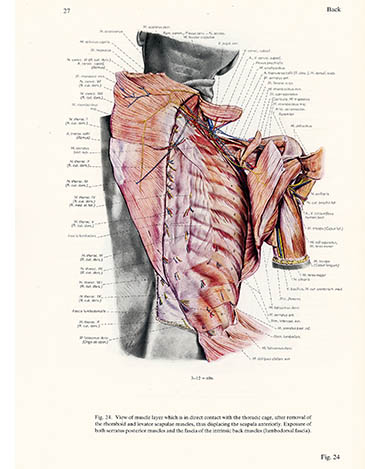
Pernkopf insisted that his dissections should not be painted like cadavers, but like living tissue. What his artists did, using watercolor and charcoal on specially-prepared rag paper, was in many cases even more living than living tissue. When Pernkopf finally turned the paintings over to his publisher they were printed as four-color separations, allowing much more detail than the previous methods of woodcuts or lithographic plates. When published in 1937, the first volume of the Anatomie was a revelation—the illustrations were larger, more detailed and more colorful than anything that had ever been done before. As Michael Paterniti wrote “[while] all anatomical works before seemed to be from Kansas... Pernkopf’s Anatomy seemed to hail from Oz.”
Beyond the artwork, however, Pernkopf’s rigorous, detailed presentation of regional stratigraphic anatomy (illustrations showing the successive removal of tissue) has, 80 years later, never been equalled. The Anatomie was clearly not intended as an introductory dissector for a first-year medical student (it was way too expensive for that), but a reference for an experienced anatomist or surgeon.

The second volume of the Anatomie was published in 1941. By this time, however, further progress on the book was hampered by the war. Both Batke and Endtresser served in the Wehrmacht on the Eastern Front and Schrott served on the Western Front. Lepier, who was medically inelegible for the military, served in the Home Guard. Meanwhile, in 1943, Pernkopf was promoted to rektor magnificus—the president—of the University. Two years later, after the capitulation of Austria, he was summarily dismissed because of his Nazi ties. He and his wife hastily planned a “vacation” in Salzburg but he was detained by American MPs en route. Pernkopf was never charged with any specific war crimes but nevertheless spent more than two years being de-nazified in the prisoner-of-war camp at Glasenbach.
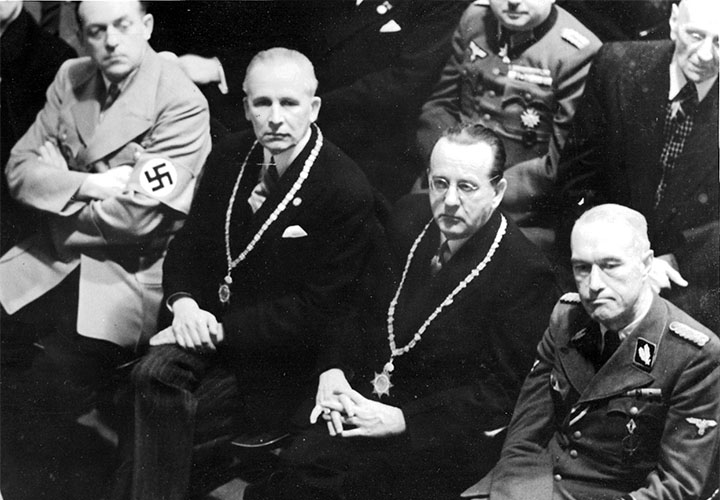
When Pernkopf finally returned to his two rooms in the Neurology Institute in 1948 he was rejoined by his four original artists as well as Werner Platzer, an anatomist with the Medical School. In 1952 he published the third volume of the Anatomie. After he died of a stroke on April 17th, 1955, he was still so highly regarded that nearly the entire faculty attended his funeral. His uncompleted work—the fourth and final volume of the Anatomie—was finished by Platzer and published in 1960.
A condensed two-volume edition was published in English in 1963 as The Atlas of Topographical and Applied Human Anatomy and was eventually translated into several languages. Updated editions were published in 1980 and 1988.


III.
In 1690 the Holy Roman Emperor Leopold I signed an order that all those executed would have their bodies donated to science. In 1742 Empress Theresia’s advisor instructed hospitals to turn over paupers who had died to medical schools. These were the most progressive laws of their kind in Europe and the result was a golden age of Viennese anatomical science, culminating in the early 20th-century handbooks and atlases of Josef Hyrtl and Carl Toldt. By the early 1930s, however, so few were being executed or dying destitute that there was a shortage of cadavers for the Anatomy Institute.
That all changed after the Anschluss. The Nazis, using the old Austrian statues as a convenient pretext, began sending convicts guillotined in the Vienna assize court or those shot on the Gestapo firing range to the Anatomy Institute. So many were executed that local officials ran a special streetcar, known as the “death tram,” between the court and the Institute early each morning. If the school’s morgue was full, the court would simply postpone that day’s scheduled executions. Eventually, however, so many were being executed that the bodies were being literally stacked behind the Institute. These cadavers were used for, among other things, student dissections, permanent anatomical displays, ophthalmology and histology slides and, of course, preparations for the Anatomie.
The Institute’s faculty were well aware of the nature of their specimens, but they didn’t seem particularly concerned. When asked about the origin of the cadavers years later, Walter Krause, a professor at the Institute, said “Nobody cared, and why should we have cared?”
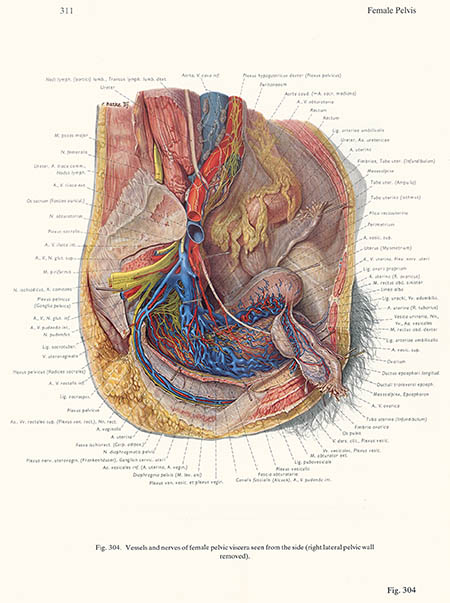
To anyone paying attention, the Nazi origins of the Anatomie were always apparent. In the early German editions the artists even incorporated swastikas and SS insignias into their signatures. By the time the book was published internationally, however, most of the Nazi symbols had been airbrushed out and the medical community was so enthralled with the illustrations that few bothered to consider their origins or, for that matter, Pernkopf’s past. In their review of the 1963 edition, The Annals of Internal Medicine said it was “magnificently conceived and a finely printed book.” The Lancet wrote “most of the illustrations are outstanding works of art... it should be in every medical school library.” As late as 1990 JAMA said that it was “a classic among atlases... [and] for all those who have an interest and appreciation of anatomical illustration, and the wherewithal to afford it, this atlas is one of the best.”
The Anatomie was used by a generation of physicians. In was, indeed, the gold standard in anatomy—until the day it wasn’t.
Among the first to reconsider the Anatomie was Howard Israel, an oral surgeon at Columbia. He had used his well-worn copy, a gift from his wife, for over 20 years. “[The] atlas was the most valued book I had in preparing myself and my residents for surgical procedures,” he wrote. After an older colleague alluded to the origins of the book, Israel looked more closely. There was a neck dissection featuring a crudely-shaven male head (a concentration camp victim?); there was a thigh dissection of a male with a circumcised penis (a Jew?); there was an abdominal dissection of a pregnant women signed by Lepier with a swastika (a Nazi?). “I felt stupid at using the book, that I could possibly have benefited from something that sounded so evil,” he told The New York Times. In his 1996 letter to JAMA, he questioned whether Pernkopf’s “subjects had in fact, or could have possibly been, victims of Nazi terror” and asked the University to investigate.
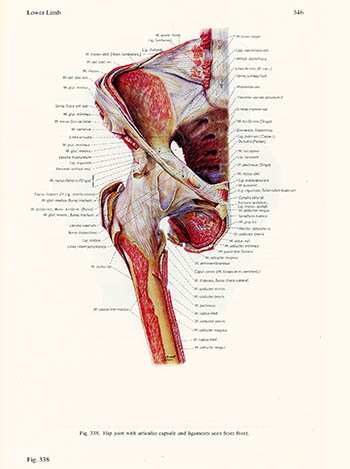
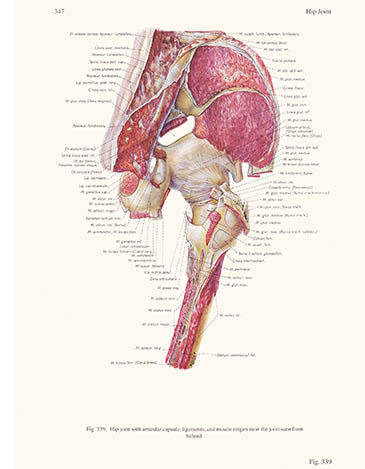

The University of Vienna wasn’t particularly interested in reliving its’ Nazi past, but under pressure, especially from Yad Vashem, it eventually agreed to form an official inquiry—the Senate Project—to review the issue. Daniela Angetter, a young medical historian, was tasked with tracing records that, in many cases, simply no longer existed. What she and the Senate Project finally reported was beyond horrific; almost surreal in its’ scale. The Anatomy Institute received at least 1377 bodies executed by the court or the Gestapo, including eight of Jewish origin (although apparently none from the nearby Mauthausen camp complex). Additionally, the Institute received almost 4000 bodies that had died in Vienna hospitals as well as several thousand fetuses and stillborn children (many who were congenitally syphilitic). In all the Institute received more than 12,000 bodies between 1938–1945. Although the cadaver entry register—the direct link between the bodies and the Anatomie—was destroyed in the war, it seems certain that Pernkopf used some of these cadavers for his book.
Needless to say, the University’s report raised a considerable ethical debate in the medical community. It’s easy to dismiss the brutally flawed Nazi science of Josef Mengele or Carl Clauberg, but what do you do with the exemplary science of Pernkopf? What do you do with the Anatomie? Some argued that continuing to use the book to educate future physicians and surgeons was the best way to honor the victims and their sacrifice. They suggested that the book continue to be published, but with a new foreward describing Pernkopf’s background and a commemoration of the victims. Others argued that the book is a manifestation of Nazi war crimes and to continue to use it was to sanction their atrocities. Pernkopf’s actions were so reprehensible that, as Richard Panush wrote in JAMA, “any rationalization to distribute the Atlas is [in]adequate.” In the late 1990s the publisher came to their own conclusion and withdrew the book, citing the negative publicity it had received.
Still others, including some closest to the book, refused to believe that Pernkopf and his book were ever on the wrong side of history. Werner Platzer, when asked why the Anatomie had fallen from favor, didn’t suggest that it was because of the thousands of victims of Nazi genocide delivered to the Institute. Instead he said it was because “It was too good. The book was too good.”
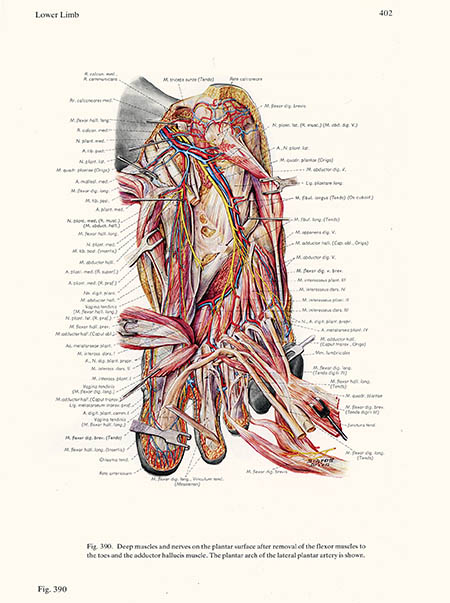
—May 6th, 2011. Updated February 27th, 2017. Anatomicae
